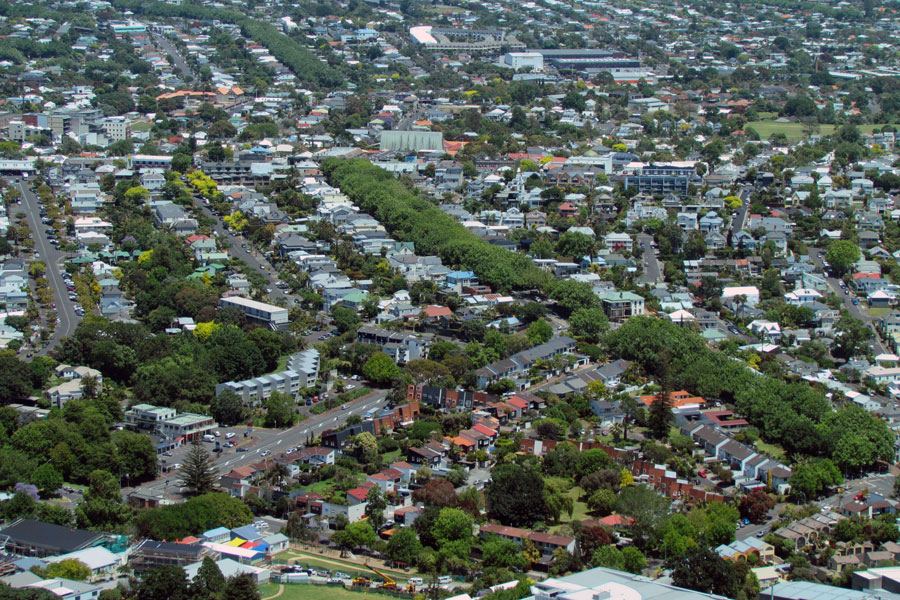Levittown, New York

Located in central Nassau County, Long Island, Levittown is recognized nationwide as America’s prototypical postwar suburb. Nearly equidistant from the North and South Shores, it’s bordered by East Meadow, Wantagh, Bethpage, Island Trees, Seaford, and Plainedge – offering a quintessential slice of mid-century American life.
History & Growth
Established in 1947 by visionary developer William Levitt and his company, Levitt & Sons, Levittown was built on former potato fields. The neighborhood’s rapid construction and innovative assembly-line homebuilding made it the nation’s most famous planned suburb. With over 17,000 nearly identical houses erected in just a few years, Levittown provided affordable housing for returning World War II veterans and ignited the suburban boom across the U.S. The town’s growth continued through the 1950s and 1960s, with schools, parks, shopping centers, and places of worship following the residential construction.
Population & Demographics
- 2020 population: ~52,989; density ~7,717 people/mi²
- Median age: 43.9 years; strong family orientation
- Racial makeup (2020): 83% White, 13% Hispanic, 3% Asian, 2% African American
- Median household income (2023): ~$126,500; below poverty: ~4.7%
Transport & Connectivity
- Rail: LIRR is accessible from nearby Wantagh and Hicksville stations
- Roadways: Served by Hempstead Turnpike (NY 24), Wantagh Parkway, Southern State Parkway, and Jerusalem Avenue
- Bus: Nassau Inter-County Express (NICE bus route) serves Levittown
- Driving: Excellent highway access to NYC and all parts of Nassau County
Parks & Recreation
- Community Pools and Parks: Levittown has several community pools (East Village, West Village, and Willowood) and parks, including small neighborhood playgrounds and the larger Wantagh Park nearby
- Sports & Clubs: Home to longstanding youth sports leagues and civic associations
- Recreation Centers: Bowling, fitness clubs, and easy access to miles of nearby beaches and parks
Education & Institutions
- School districts: Three top-rated public districts – Levittown, Island Trees, and East Meadow.
- Notable schools: Division Avenue High School and MacArthur High School; both offer robust academics and extracurriculars.
- Library: The Levittown Public Library is a community anchor and local study hub
Economy & Employers
- Major employment sectors: Education, healthcare, retail, local government
- Local commerce: Shopping plazas along Hempstead Turnpike, independent small businesses, restaurants, and service providers
Notable Places & Culture
- Historic status: Often called “the cradle of suburbia” and studied by historians for its pioneering suburban design
- Levittown Historical Society & Museum: Preserves suburb’s rich legacy
- Events & Community: Robust neighborhood associations, school fairs, holiday parades, and community days
- Cultural legacy: Setting of books, documentaries, and academic studies on postwar America
Additional Highlights
- Affordable living: Originally designed for modest budgets but now in high demand due to community pride and centrality
- Preserved homes: Some houses remain virtually unchanged since the 1950s, while others are beautifully updated
- TV & film: Featured in works exploring the American Dream, such as ‘Revolutionary Road’ and PBS documentaries
Town Snapshot
| Feature | Details |
|---|---|
| Population | ~52,989 (2020); density ~7,717/sq mi |
| Area | ~6.9 sq mi |
| Founded | 1947; archetype of postwar suburbia |
| Demographics | 83% White, 13% Hispanic, diverse mix |
| Income | Household: ~$126k; poverty ~4.7% |
| Schools | Three districts; strong academics |
| Transit | Highway, bus; close to LIRR |
| Parks | Pools, playgrounds, proximity to Wantagh Park |
| Economy | Retail, education, healthcare, govt |
| Landmarks | Levittown Memorial Education Center, museums |
| Culture | Community events, local history society |
Levittown stands as a living monument to the promise and complexities of suburban America. Known for its unique history, enduring neighborhoods, and strong community networks, it remains a vibrant and welcoming place for families and residents of all backgrounds.

